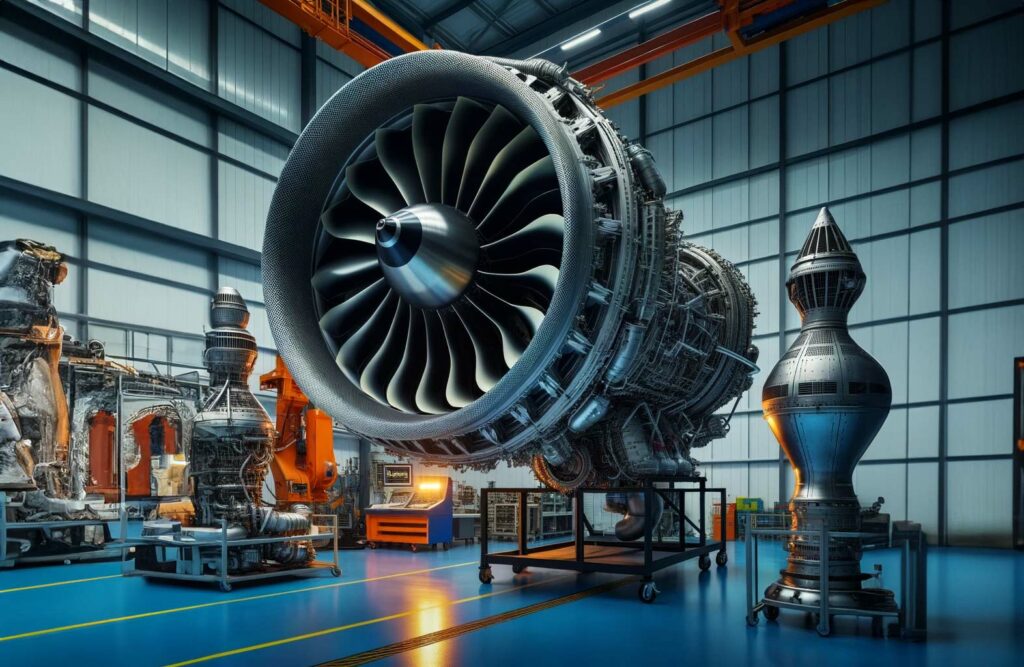
Understanding the Scramjet Engine: Development, Design and Performance
Scramjet engines, or supersonic combustion engines, are at the heart of discussions in the world of aeronautics and space exploration. They promise speeds that would make current engines obsolete. This article explores how scramjet engines work, their development, the major entities shaping them, their ambitious goals and their impressive performance.

How does a Scramjet Engine work?
Unlike a conventional jet engine, a scramjet has no moving parts like turbines or compressors. Instead, it takes advantage of the aircraft’s high speed to compress and slow the incoming air before mixing it with the fuel.
The principle is simple:
- Air enters the inlet at supersonic speeds.
- The design of the air intake compresses and slows this air down to subsonic speeds.
- Once inside the combustion chamber, the air is mixed with fuel, usually hydrogen.
- The compressed air and fuel are then ignited. The rapid expansion of the hot gases generates thrust, propelling the aircraft forward.
Development and challenges
Scramjets are complex to develop mainly because they operate in a unique flight regime: supersonic. This means that the design has to deal with issues such as intense heat, high pressure and speed-related effects.
The main difficulties include :
- Fuel ignition: At supersonic speeds, it is difficult to ignite and maintain fuel combustion.
- Thermodynamics: Materials and structures must withstand extreme temperatures.
- Stability: At high speeds, maintaining stable combustion is a challenge.
Who develops these engines?
Organizations around the world are at the forefront of scramjet development. Among the most notable:
- NASA: The US space agency has been at the forefront of scramjet research with projects such as the X-43, which set speed records for an air-powered vehicle.
- Defense Advanced Research Projects Agency (DARPA): They developed the Falcon HTV-2, an unmanned hypersonic vehicle.
- International agencies and companies: Countries such as Russia, China and Australia, as well as private companies, are also working on scramjet technologies.
Scramjet engine objectives
Scramjet engines have the potential to revolutionize air and space transportation. Key objectives include :
- Hypersonic travel: Imagine flying from New York to London in less than an hour. That’s the potential of hypersonic transport.
- More affordable access to space: Scramjets could make space launches more economical by replacing the first stages of rockets.

Scramjet performance
Scramjet engines are designed to operate at speeds ranging from Mach 5 (five times the speed of sound) to Mach 15. To put this in perspective, the supersonic Concorde flew at around Mach 2.
Current tests have seen scramjets reach Mach 9.6 (NASA’s X-43A). However, maintaining these speeds over long distances remains a challenge. Durability, cooling and combustion management are all challenges that need to be overcome if these engines are to become commonplace.
Scramjet engines embody the future of hypersonic travel and potentially space exploration. While their development is complex and fraught with challenges, technological advances bring us closer every day to realizing their impressive promise. In a world where speed is essential, the future of scramjet engines looks bright.